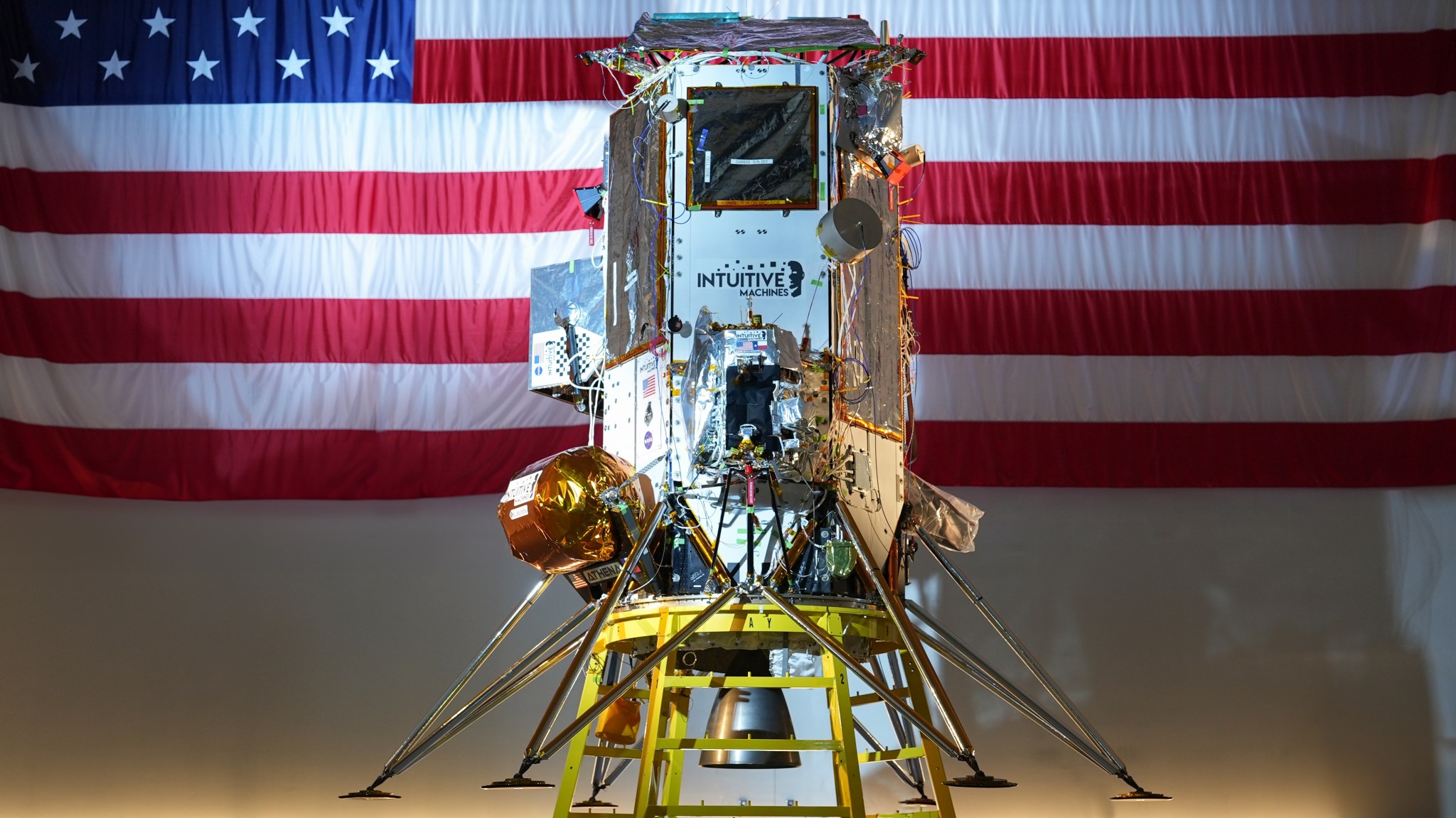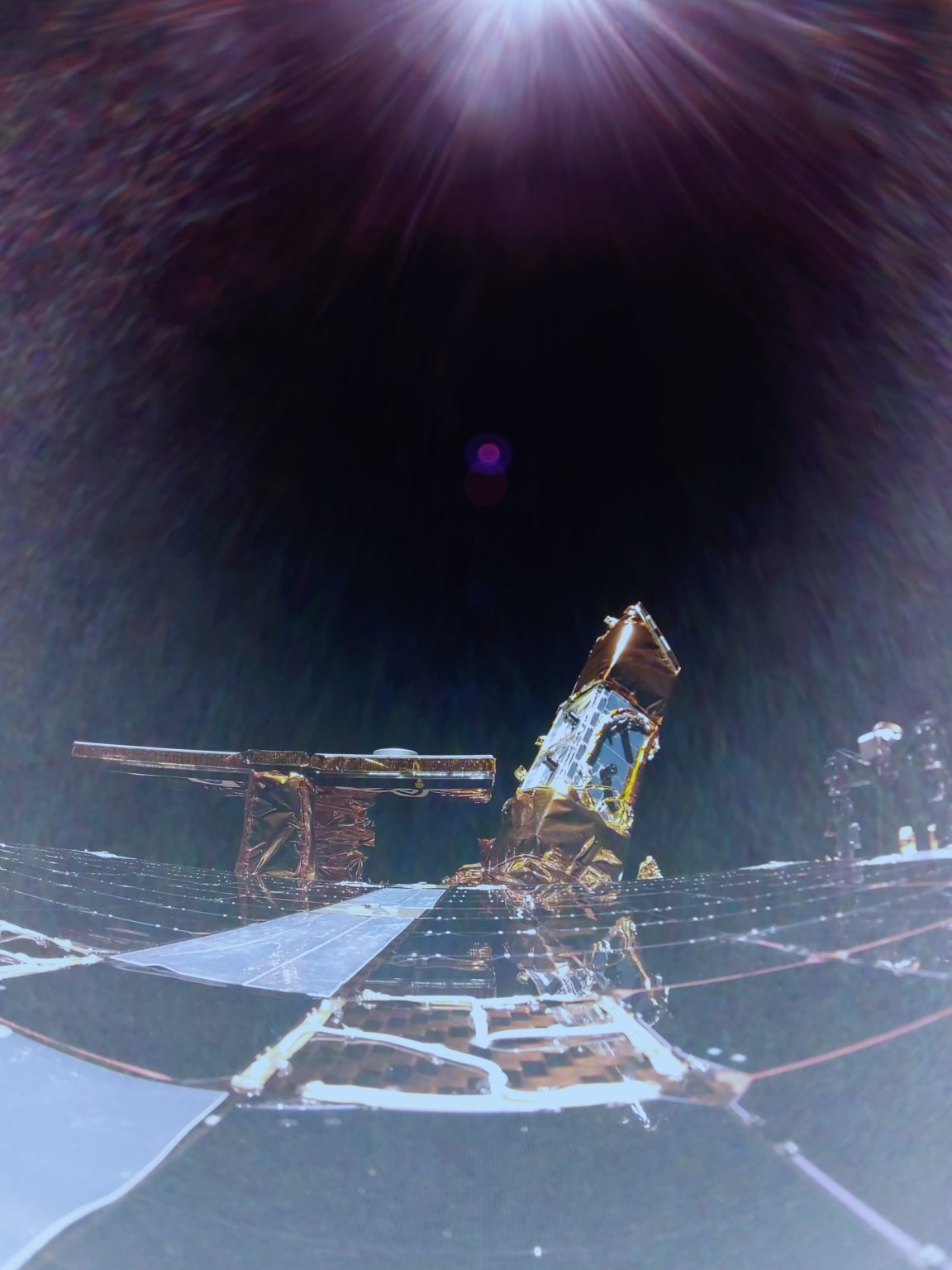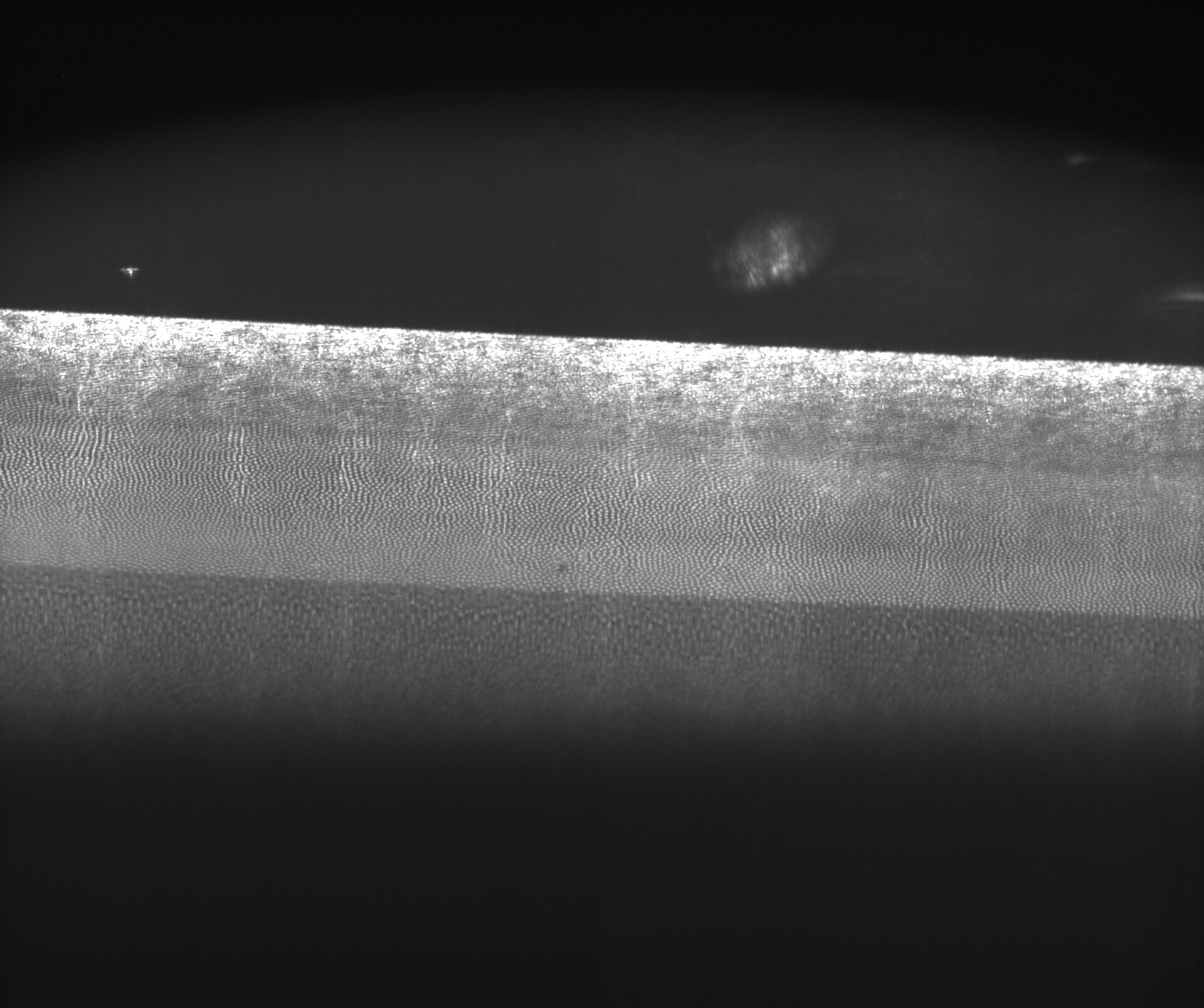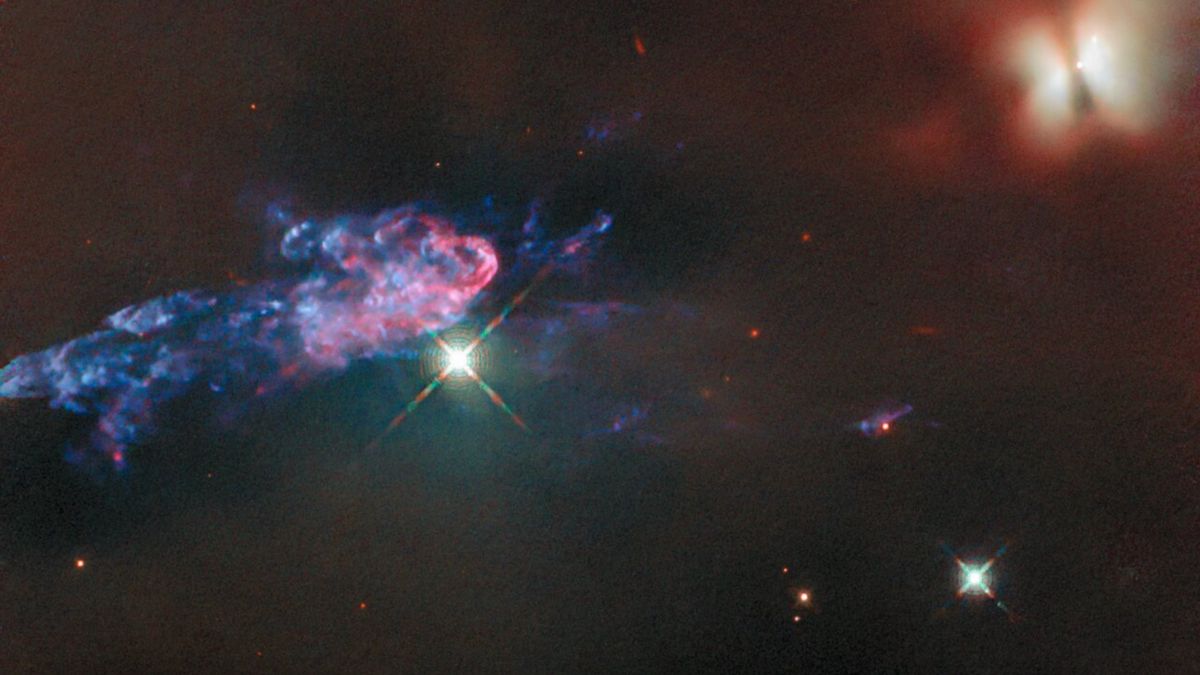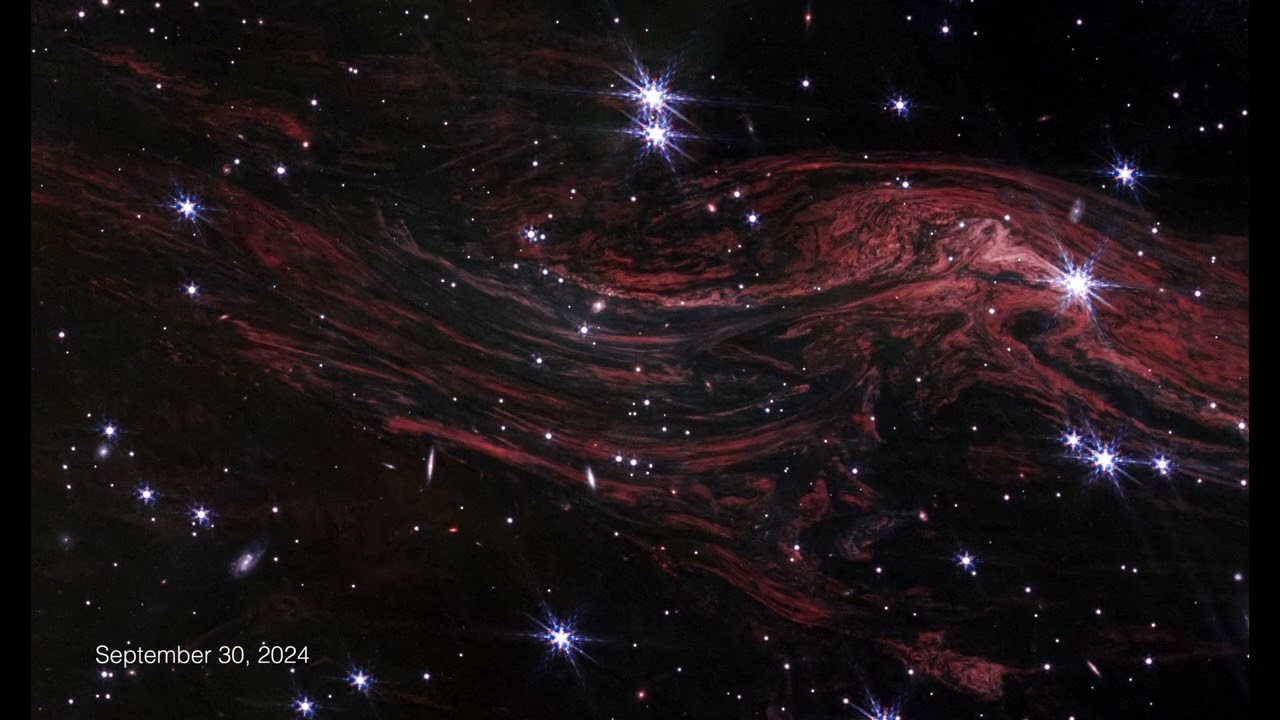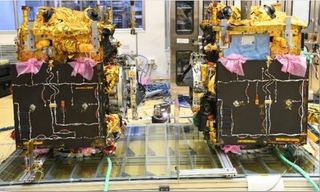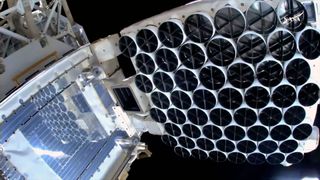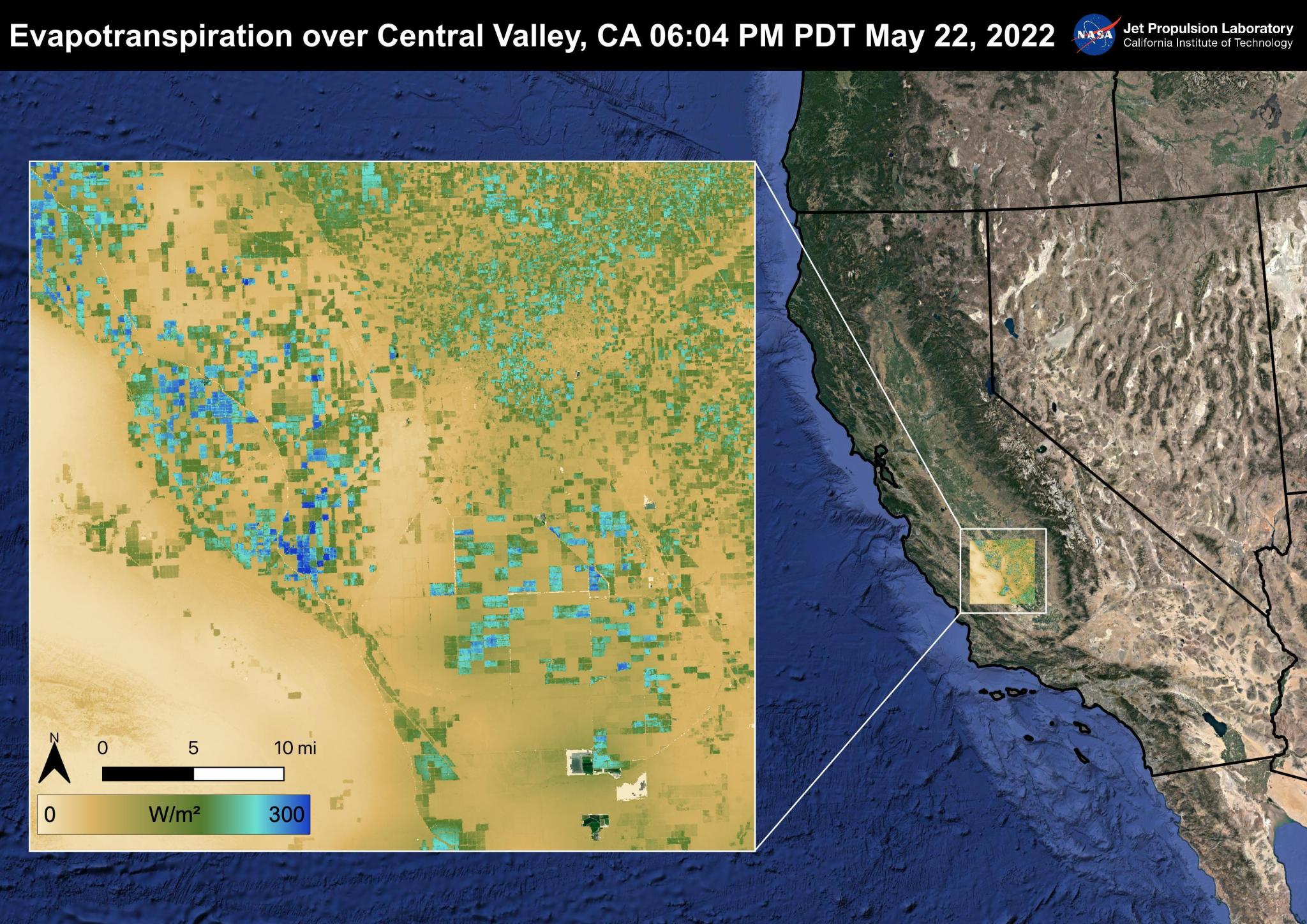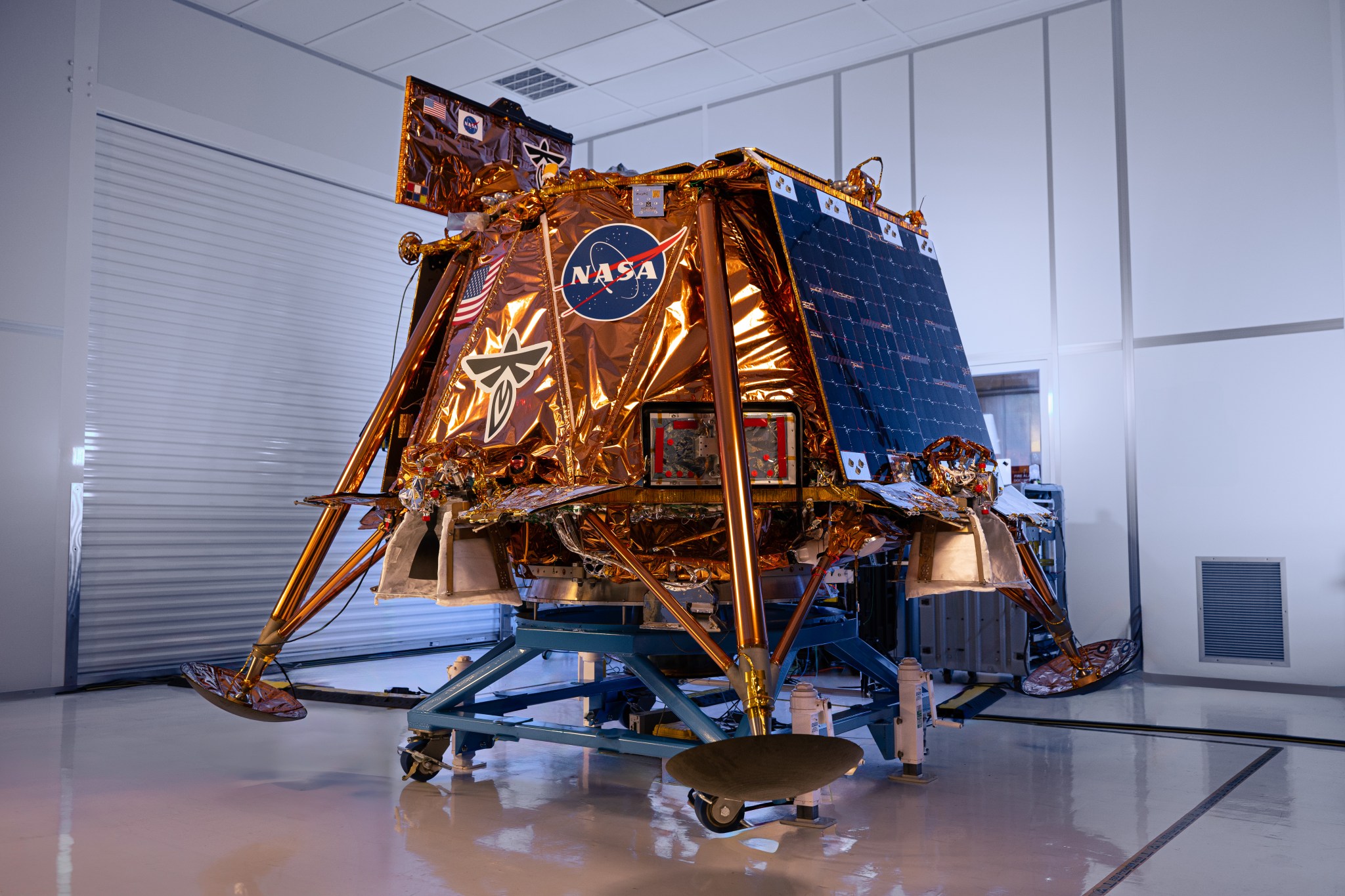Caption: As part of NASA’s CLPS (Commercial Lunar Payload Services) initiative and Artemis campaign, Intuitive Machines’ second delivery to the Moon will carry NASA technology demonstrations and science investigations on their Nova-C class lunar lander. Credit: Intuitive Machines For the second time, Intuitive Machines will launch a lunar lander to deliver NASA technology demonstrations and science investigations to the Moon for the benefit of all. Media accreditation is open for the IM-2 launch, part of NASA’s CLPS (Commercial Lunar Payload Services) initiative and Artemis campaign to establish a long-term presence…
Read MoreTag: Missions
NASA Space Tech’s Favorite Place to Travel in 2025: The Moon!
4 Min Read NASA Space Tech’s Favorite Place to Travel in 2025: The Moon! The first image from space of Firefly's Blue Ghost mission 1 lunar lander as it begins its 45-day transit period to the Moon. Credits: Firefly Aerospace NASA Space Technology has big travel plans for 2025, starting with a trip to the near side of the Moon! Among ten groundbreaking NASA science and technology demonstrations, two technologies are on a ride to survey lunar regolith – also known as “Moon dust” – to better understand surface interactions…
Read MoreStation Science Top News: Jan. 17, 2025
Insights into metal alloy solidification Researchers report details of phase and structure in the solidification of metal alloys on the International Space Station, including formation of microstructures. Because these microstructures determine a material’s mechanical properties, this work could support improvements in techniques for producing coatings and additive manufacturing or 3D printing processes. METCOMP, an ESA (European Space Agency) investigation, studied solidification in microgravity using transparent organic mixtures as stand-ins for metal alloys. Conducting the research in microgravity removed the influence of convection and other effects of gravity. Results help scientists…
Read MoreHubble Telescope spies newborn stars in famous Orion Nebula (photo)
Two young stars shine bright in the dusty depths of the Orion Nebula in a new Hubble Space Telescope image. Located about 1,300 light-years from Earth, these young stars, also known as protostars, reside in a hotbed for star formation: the Orion Nebula, which is the nearest massive star-forming region to Earth and is home to hundreds of newborn stars. The recent photo from the Hubble Space Telescope captures two of these protostars, called HOPS 150 and HOPS 153, both of which take their names from the Herschel Orion Protostar…
Read MoreSpace Force to march in Trump’s Jan. 20 inauguration, a 1st for the new military branch
On Monday (Jan. 20), the U.S. Space Force will participate in a presidential inauguration for the first time. Representing the military branch will be 45 Guardians, the official name for U.S. Space Force personnel, who work in a wide range of careers across the country. The 45 Guardians, who are volunteers, recently arrived at Joint Base Anacostia-Bolling, a large military installation in Washington, D.C., where they’ve been practicing drills for Monday’s inauguration of President-elect Donald Trump. They’ve come together with the Space Force Honor Guard, which was founded 17 months…
Read MoreCenturies-old supernova guides James Webb Space Telescope through an interstellar gap
The spaces between stars in our galaxy are enigmatic realms filled with vast, diffuse clouds of gas and dust. These clouds tend to remain invisible — but the James Webb Space Telescope (JWST) has managed to capture one in a rare moment when it was lit up. Peering at a dusty pocket of our galaxy about 11,000 light-years away in the constellation Cassiopeia, the James Webb Space Telescope’s powerful infrared eyes watched as light from a centuries-old supernova illuminated interstellar material, warming it and causing it to glow. “This is…
Read MoreMajor milestone! India becomes 4th nation to dock satellites in orbit
India continues to prove out the abilities of its increasingly robust space program. The two satellites of the Indian Space Research Organization‘s (ISRO) Space Docking Experiment, or SpaDex, successfully met up in Earth orbit yesterday (Jan. 15), making India just the fourth country to pull off an in-space docking. The other three are all heavy hitters in the space game: the United States, Russia and China. “Spacecraft docking successfully completed! A historic moment,” ISRO said in an X post last night (Jan. 15). “Congratulations to the entire team! Congratulations to…
Read MoreAstronauts repair black hole observatory, inspect cosmic ray detector on ISS spacewalk
An X-ray observatory used to study neutron stars is “back in the black” and a cosmic ray detector is ready for possible future upgrades after two astronauts completed a spacewalk outside the International Space Station (ISS). Nick Hague worked to repair the Neutron star Interior Composition Explorer, or NICER, mounted to the outside of the space station, before he and Expedition 72 commander Suni Williams inspected the Alpha Magnetic Spectrometer (AMS) during a six-hour EVA (extravehicular activity) on Thursday (Jan. 16). Hague and Williams began the spacewalk at 8:01 a.m.…
Read MoreStation Science Top News: Jan. 10, 2025
Measurements from space support wildfire risk predictions Researchers demonstrated that data from the International Space Station’s ECOsystem Spaceborne Thermal Radiometer Experiment on Space Station (ECOSTRESS) instrument played a significant role in the ability of machine learning algorithms to predict wildfire susceptibility. This result could help support development of effective strategies for predicting, preventing, monitoring, and managing wildfires. As the frequency and severity of wildfires increases worldwide, experts need reliable models of fire susceptibility to protect public safety and support natural resource planning and risk management. ECOSTRESS measures evapotranspiration, water use…
Read MoreNASA Sets Coverage for Firefly First Commercial Robotic Moon Launch
As part of NASA’s CLPS (Commercial Lunar Payload Services) initiative and Artemis campaign, Firefly Aerospace’s Blue Ghost Mission One lander will carry 10 NASA science and technology instruments to the Moon’s near side. Credit: Firefly Aerospace Carrying NASA science and technology to the Moon as part of the agency’s CLPS (Commercial Lunar Payload Services) initiative and Artemis campaign, Firefly Aerospace’s Blue Ghost Mission 1 is targeting launch Wednesday, Jan. 15. The mission will lift off on a SpaceX’s Falcon 9 rocket from Launch Complex 39A at the agency’s Kennedy Space…
Read More